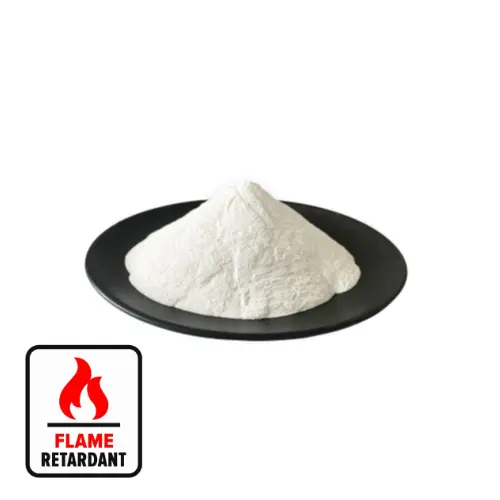Hebei Messi Biology Co., Ltd. stated that there are currently many methods for synthesizing magnesium hydroxide, among which the most commonly used method is the precipitation method. Due to its low price, simple and easy operation, it is easy to control the crystal morphology. In the precipitation method, salt solution precipitation is mainly used, usually using a strong base, such as ammonia or sodium hydroxide. The most widely used magnesium salts are magnesium chloride, magnesium sulfate and magnesium nitrate. The organic magnesium salt magnesium acetate is also occasionally used.
Magnesium nitrate and ammonia are reacted to produce magnesium hydroxide, and the reaction rate is measured through pH and electrical conductivity. The increased solubility of the product ammonium nitrate slows down the nucleation rate. This is because the dissolution of nitrate produces nitrate ions, and the anions will affect the nucleation rate of the precipitation. After the nitrate mass fraction reaches 15%, the rate no longer changes. Surface modification does not change the morphology and size of the crystals, but only affects the nucleation rate.
Magnesium hydroxide is produced using sodium hydroxide and magnesium chloride as precipitants. Adding sodium chloride increases the crystallinity of the crystals. This method can increase the yield of the product. The particle size of the product flaky magnesium hydroxide is approximately 6-30 μm, and the specific surface area is 8.79m2/g.
The concentration of salt and alkali is key to obtaining high purity magnesium hydroxide. The particle size of magnesium hydroxide mainly depends on the ratio of salt and alkali and the mixing concentration. When magnesium sulfate is used, when the concentration is very low and the salt-to-alkali ratio is high, the size of the product decreases significantly; when the salt concentration is 0.01 mol/1, all the products are fibrous crystals; above this concentration, the product can be obtained Magnesium hydroxide is available in fibrous, flaky and even tubular form.
Magnesium hydroxide is prepared by recycling asbestos waste and using 20% sodium hydroxide solution as a precipitant. Although experimental studies have shown that the concentration of magnesium ions is the key to preparing magnesium hydroxide with different morphologies. However, low-concentration alkali solutions can also obtain highly dispersed and small particle size flame retardants.

